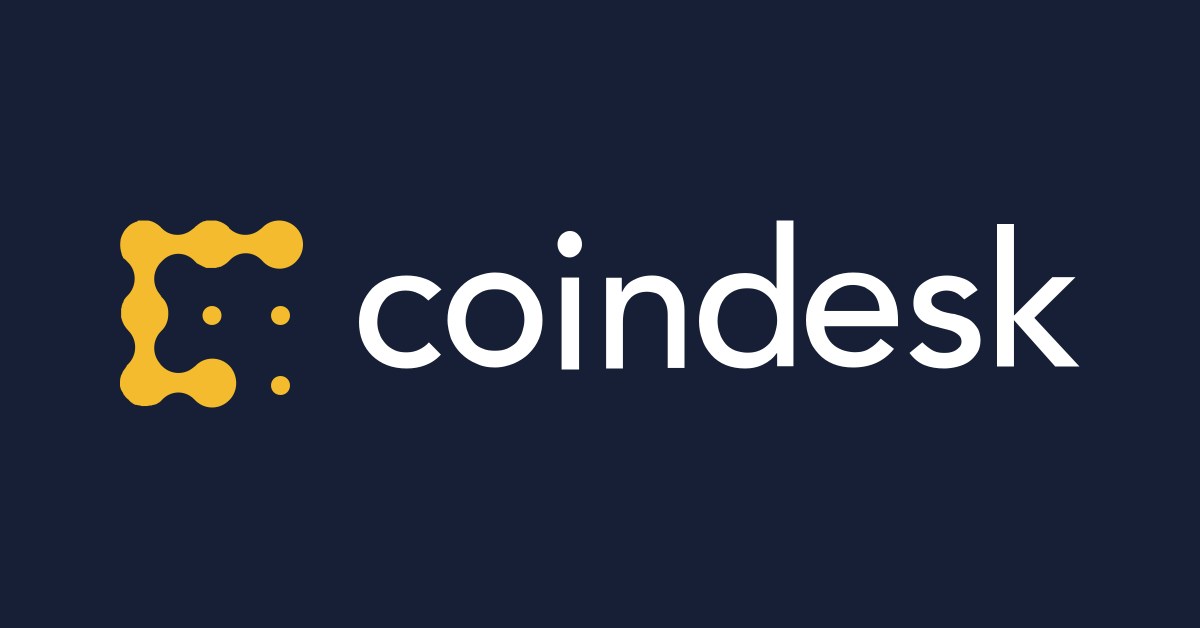Crypto Governance Advisory MetaLeX Raises $2.75M
-
Prominent crypto lawyer Gabriel Shapiro’s MetaLeX raised $2.75 million at a $27.5 million valuation.
-
The project is building new governance standards for crypto groups to use when decentralizing.

02:13
Key Events You Shouldn’t Miss at Consensus 2024

11:19
What to Expect From Consensus 2024

13:29
Will Solana and Altcoins Dominate the Market Next?

07:15
Crypto proponents used to posit that “code is law.” Courts and legal pundits ultimately forced the phrase into retirement. But there’s still plenty of money in figuring out how the two intertwine.
One such effort is crypto lawyer Gabriel Shapiro’s MetaLeX, a hybrid law firm/tech company focused on the mess that crypto projects make when trying to “decentralize.” MetaLeX recently raised $2.75 million in seed funding led by Cyber Fund. It is now valued at $27.5 million, Shapiro said.
Unlike their “centralized” counterparts in the traditional business world, many crypto projects seek to “decentralize” by giving their tokenholders control of budgets and other core operations. It’s a costly, cumbersome, failure-prone journey that has bedeviled major DeFi players like SushiSwap and often leaves the organization open to make arbitrary decisions that break their own ethos.
Into this fray steps Shapiro’s incredibly niche MetaLeX. In an interview with CoinDesk, he described it as a “business-to-business, crypto software as a services” company that’s designing standardized, smart contract-based processes for so-called decentralized autonomous organizations, or DAOs, to properly run themselves on-chain.
In MetaLeX lingo, the name for this newfangled construct is a Cybernetic Organization, or BORG. Think of it as a cyborg equivalent for legal entities. They’ll be governed by hard-coded, smart contract-enforced rules infused into their charters, according to the project whitepaper.
“What makes them kind of unique is the way they mandate smart contract functionality” in their operations,” Shapiro said. “That makes them ‘cybernetic.'”
MetaLeX’s first product will be an operating system for DAOs to BORGify their governance decision processes with constructs to run grantmaking, emergency shutdowns and venture investments made on behalf of the entity, he said.
Crypto projects are reaching out “every day” to join the waitlist for MetaLeX OS, Shapiro said, including two “blue chip” projects, though he declined to identify them beyond saying they were a layer-2 blockchain and a “traditional DeFi DAO.”
‘Fully BORGify’
“They both want to fully BORGify their operations,” he said.
Not every crypto project can be easily BORGified. Those that have already launched tokens and DAO governance processes are more difficult to work with than pre-token projects, Shapiro said.
MetaLeX is not itself a BORG or a DAO or anything that crypto-native. It’s an umbrella brand for a Delaware corporation (the tech company) and a Texas limited liability partnership (the law firm led by Shapiro and Alex Golubitsky). Clients could use one or both, Shapiro said.
MetaLeX could one day have its own token if it evolves to become a legal protocol that requires governance by its customers, Shapiro said.
“It will probably take a while before we would get to that point. But ultimately I think it will get there,” he said.
Edited by Nick Baker.









